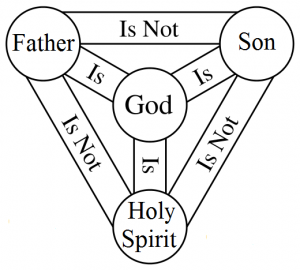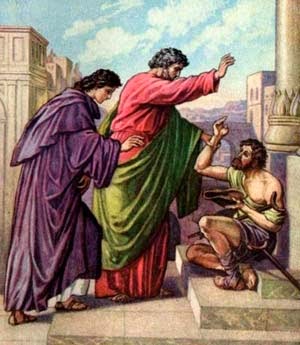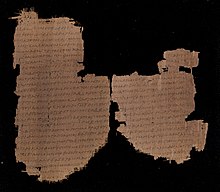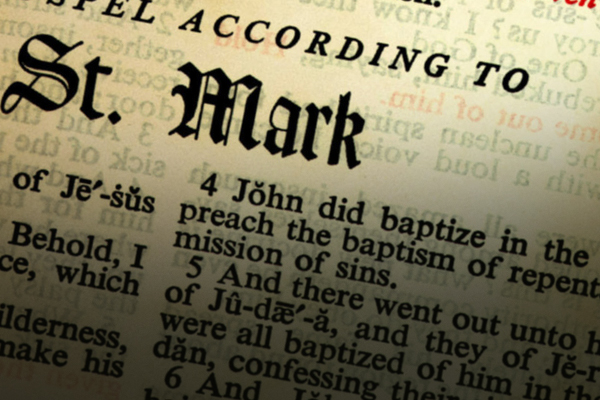Questions on John about the Trinity
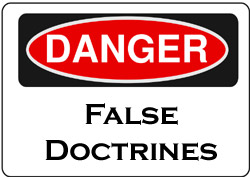
Some Scriptures from the gospel of John are often used in support of the Trinity doctrine. However, there are some important questions about scriptures in the gospel of John regarding the Trinity doctrine that need answers.
John 1:1 – Who is God here? The Father? Who is “the Word?” How is the first one called “God” different from the second one? Why is the first “God” qualified by the definite article “ho” in Greek, and the second God is not? Why does the REB say, “What God was, the Word was”? Why does AAT render it, “And the Word was divine”? Why is the verse rendered, “In the origin there was the Logos, and the Logos was present to God, and the Logos was god” (Hart)?

